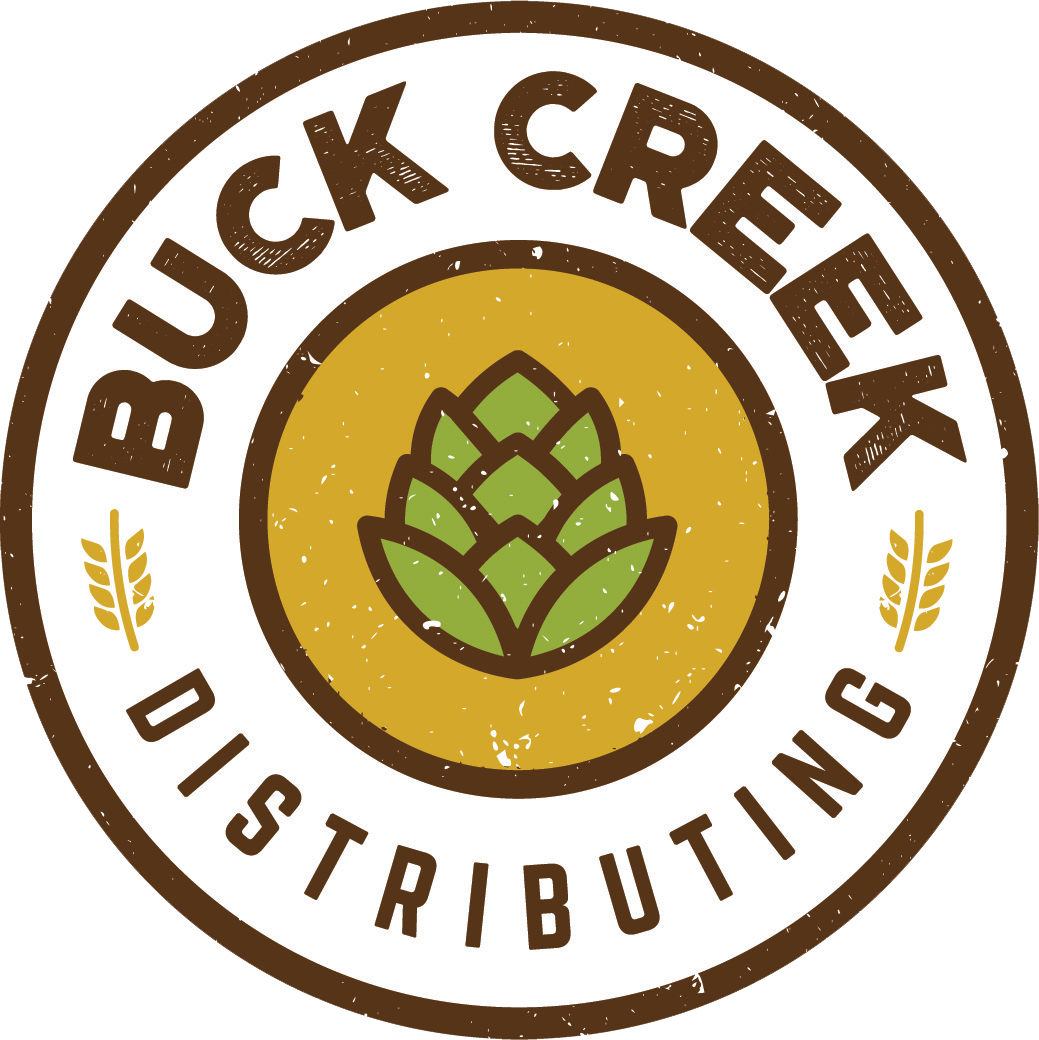5 Tips for Developing Your Hops Growing Calendar
One of the first steps you should take before the growing season begins is creating your hops growing calendar. We get a lot of questions regarding what needs to be included in the growing calendar, best practices and how a growing calendar can help in the long run.
The most important things to consider when developing your growing calendar are the varieties you’ll be growing and your latitude, as this will change when your last frost is and at what time your hops will emerge. The growing calendar, which should cover the hops growing season, should focus on the production practice dates of each variety of hop you grow.
Here are 5 tips for developing your hops growing calendar.
1. Know Your Varieties
Because each variety of hops will have its own dates for production practices, it is imperative that you know your hop varieties. When creating your growing calendar, make sure you include the following dates for each variety of hops you grow:
- Emergence
- Training
- Fungicide Application
- Nutrient Application
- Harvest
2. Be Flexible
As a hops grower, there is a lot that lies outside of your control. When you have to depend upon nature to ensure the success of your yield, you have to be flexible when it comes to your growing calendar. When outside forces alter your plans, the best thing to do is stick to your growing calendar as closely as possible.
External factors that may affect the progress of your growing calendar include:
- Late frosts/Growing Degree Days
- Rain Totals
- Pests/Diseases
3. Remember Your Labor Needs
One of the most important reasons for creating a content calendar is to figure out your labor needs for each stage of the growing season. When planning, keep in mind these dates for scheduling labor:
- Twining
- Training
- Harvest
4. Monitor Your Plant Growth
While executing your hops growing calendar, monitor your plant growth and keep records of everything you do. Take note of the dates you thought you were going to have to train or apply fungicide compared to the actual dates. The better you know your varieties, the more accurate your growing calendar will be in the future.
5. Keep 2 Calendars
The easiest way to monitor and track your plant growth is by keeping two calendars throughout the growing season. By having one growing calendar filled out and one which you fill out as you go, you can easily compare your expected and actual dates for production practices.
Ready to get started on your growing calendar? You have a few options for the physical calendar you use. You can buy a calendar, print one from Microsoft Word or another offline application, or download a calendar to print.
Get More Insights
If you are interested in gaining access to more hops growing insights, marketing opportunities and the Buck Creek Hops processing facility, consider becoming a Buck Creek Hops Alliance member. Applications are available here.

